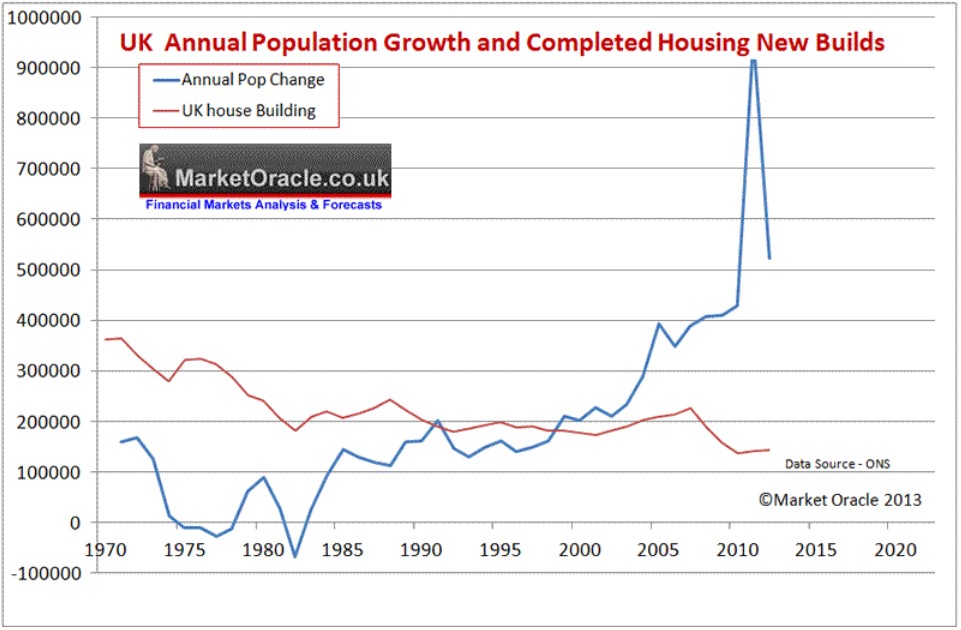
For years I have argued that the UK operates world’s worst practice when it comes to housing policy.
A key tenet of the UK’s housing malaise is the highly restrictive UK planning system, which has severely limited land supply and forced-up the cost of housing – benefiting those that already own their homes but punishing those trying to get on the housing ladder. These planning restrictions come in a number of forms.
First, greenbelts have been established around UK cities, which have excluded large swathes of agricultural land from urban development.
In the 1990s, the Central Government also tightened land supply even further by explicitly requiring that 60% of all new land for housing must be brownfield land – i.e. land which has already been developed for some other purpose.
The centralised fiscal system in the UK has also created a major road block to the provision of housing. Local authorities – which are the primary decision makers on development and have statutory obligations to provide services for new houses – receive very little revenue from increased population and housing. As such, these local authorities tend to be biased against development, which limits the provision of housing and related-infrastructure.
Combined, these regulatory constraints on new housing construction have meant that housing supply in the UK has been incapable of responding quickly and efficiently to changes in demand, thus placing upward pressure on prices and creating expectations of future capital growth.
It has also meant that UK homes are amongst the smallest in Europe, caused primarily by decades of strangulating urban land supply and escalating land costs.
This is all the result of deliberate policymaking. Since the 1940s house-building in Britain has been regulated by a system designed to prevent urban sprawl, something it has achieved spectacularly well. It is almost impossible to construct any new building anywhere without permission from the local council. In the places where people most want to live—suburbs at the edge of big cities—councils tend not to give it. … The green belts that stop development around big cities should go, or at least be greatly weakened. They increase journey times without adding to human happiness. London’s, in particular, mostly protects scrubby agricultural fields and pony paddocks. Parts would be prettier with housing on.
The end result of these policies has been a huge slump in homebuilding as the UK’s population has surged (see next chart), and escalating housing costs:
The obvious solution is to free-up land supply and planning and build more houses. However, there is unfortunately significant resistance to the notion by NIMBY (Not-In-My-Backyard) and BANANA (Build-Absolutely-Nothing-Anywhere-Near-Anyone) lobby groups.
There are obvious lessons here for Australia, which has adopted many aspects of the UK’s dysfunctional planning system.


